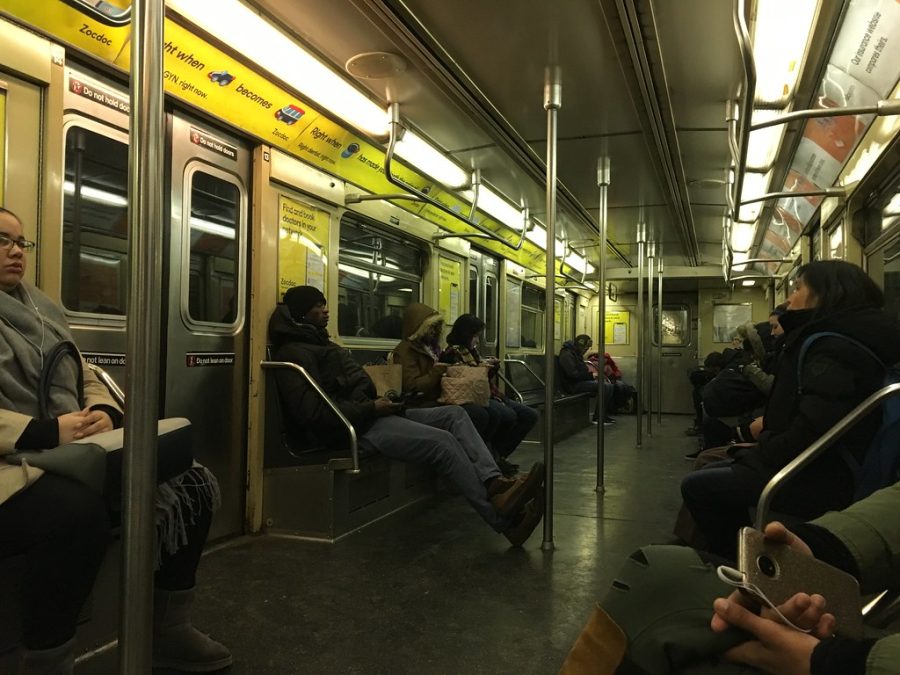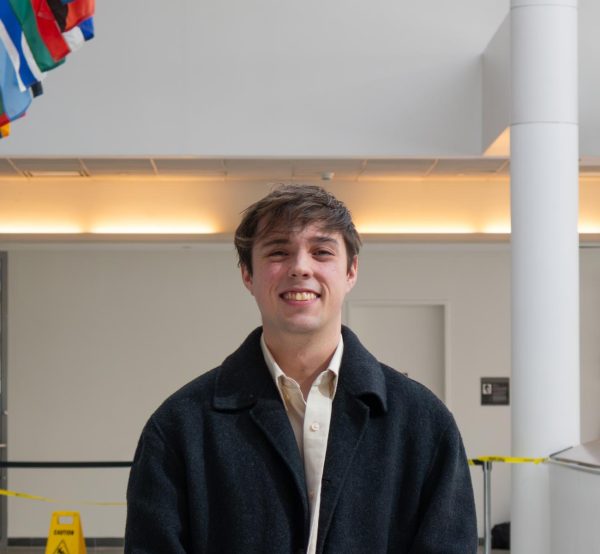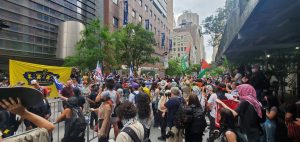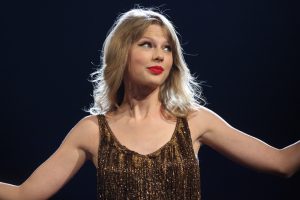End to travel mask mandates confuses NYC commuters
April 28, 2022
A moment of confusion struck New York’s commuters last Monday as officials rushed to acknowledge a federal judge’s ruling against the Transportation Security Administration’s enforcement of the Centers for Disease Control and Prevention mask mandate earlier.
The April 18 ruling by Judge Kathryn Kimball Mizelle made several allegations against the CDC’s mask mandate, including that Congress had “improperly delegated its legislative power to the CDC,” and that the mandate itself was “arbitrary and capricious” in nature.
Even though it was a federally enforced mandate, the ruling allowed individual entities to decide whether to continue to implement the mask mandate. This initiated the variance of mandate enforcement seen across local, state and inter-state transportation services on Monday and into the week.
New York City officials cited the current course of action from the state’s determination last month and the mandate was quickly upheld again on Metropolitan Transit Authority trains and buses based on projections of transmission and hospitalization rates from the omicron variant wave.
Gov. Kathy Hochul circulated the decision on Twitter the following day, encouraging New Yorkers to “do your part to keep your neighbors safe.”
However, the existing mandate was for a time either forgotten or ignored in many other spaces in New York as news of the Florida judge’s ruling circulated around the city and nationwide.
On the Monday morning of the announcement, travelers at both JFK and LaGuardia were reportedly toldseveral different messages regarding the mask mandate. Firstly, it was up to the traveler’s discretion whether to wear a mask or not. Both airports have since defaulted back to the state’s continuance of the mask policy within the facility, but airlines themselves vary.
Some airlines that have rescinded the mandate include American Airlines, Delta, JetBlue Airways, SouthwestAirlines, United Airlines and Alaska Airlines. One Delta flight between Atlanta and Barcelona even announced that the masks were no longer required mid flight over the intercom.
Although New York still requires masks, the state of New Jersey put an end to masks, astravelers at Newark Liberty International Airport and Teterboro Airport can now go maskless if they so choose.
Ride-share services Uber and Lyft both announced that masks would no longer be required moments after the ruling, but New York City’s Taxi and Limousine Commission made it clear Monday that the mask mandate will be enforced.
The array of reactions to the court decision was indicative of the challenge of monitoring the diffusion of information, and America’s polarized reaction to masks since the start of the pandemic. The politically divisive nature of mask mandates has also given rise to vulnerabilities within our institutions to misinformation.
According to a U.N. news report, there has been an uptick in misleading information claiming that the omicron wave is “the last COVID-19 variant.” However, The World Health Organization maintains that “each country is facing a different situation with different challenges, but the pandemic is not over,” as said by Director-General Tedros Adhanom Ghebreyesus in March.
Within the United States is a medley of disagreement. Speeds at which state governments accepted new COVID-19 protocols and implemented their termination have been distinct across the country, often reflecting regional political leanings more than transmission data.
In February, many states, including New York, Massachusetts, Rhode Island and Illinois, began rolling back indoor masking rules en masse. However, these states run by majority Democrat officials were a year behind many Republican-led legislatures; some states, like Texas and Florida, had mask mandates banned or restricted for months.
Data from the CDC revealed cumulative death rates from COVID-19 in red states were 30% higher than those in blue states.
“In the United States, COVID-19 has become a political issue, and people’s political beliefs strongly influence their behavior,” Johns Hopkins epidemiologist David Dowdy said to ABC News.







